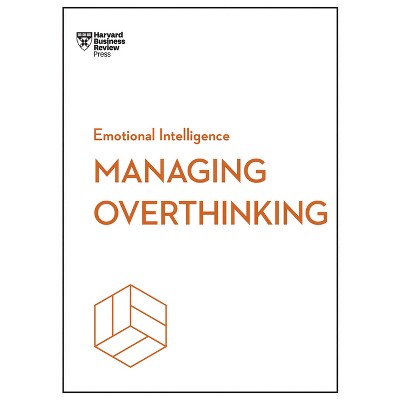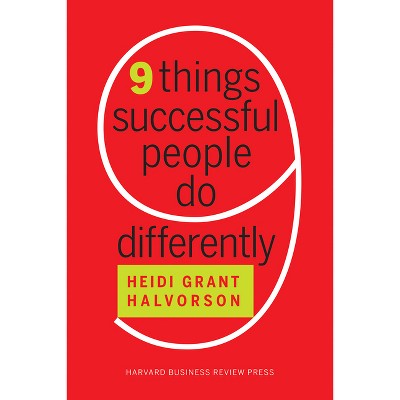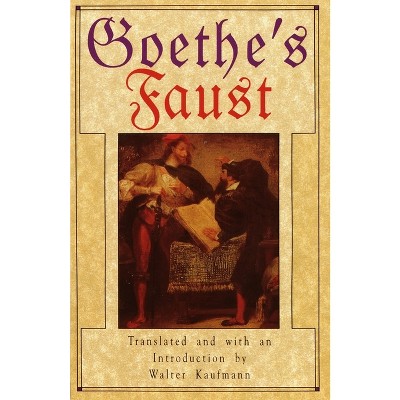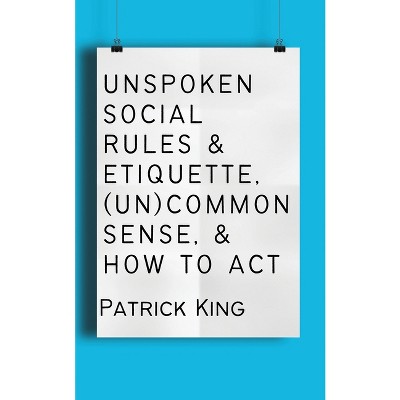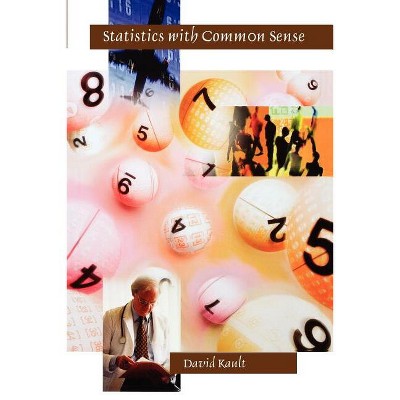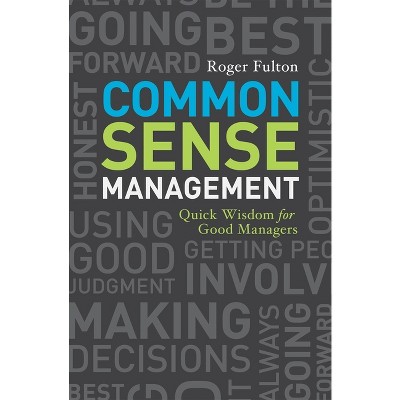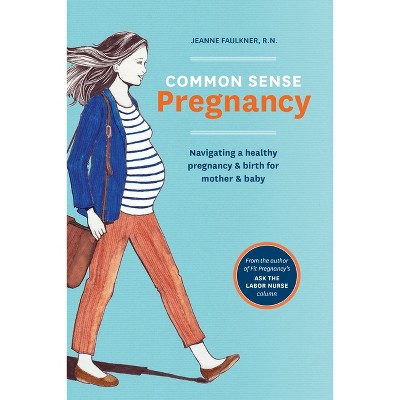Sponsored

Making Common Sense - by Michael North
Pre-order
Sponsored
About this item
Highlights
- Common sense is supposed to be so obvious it can go without saying.
- About the Author: Michael North is Distinguished Professor Emeritus, Department of English, UCLA and the author, most recently, of What Is the Present?
- 248 Pages
- Philosophy, History & Surveys
Description
About the Book
"Common sense is supposed to be so obvious it can go without saying. And yet, it has been hard to pin down, partly because its contents are vague and inconsistent, and partly because it has always been difficult to say what kind of sense common sense is. Making Common Sense is an historical account of attempts, from antiquity to the present, to solve this puzzle. The ambiguity began centuries ago with the merger of the common sense, the sensorium commune, a kind of sixth sense responsible for coordinating the other five, with the sensus communis, a collection of implicit social habits and beliefs. Ever since, common sense, as a power both practical and thoughtful, has promised to split the difference between sensation and reason, the body and the mind, and between individuals and their society. As challenges from medical science and skeptical philosophy accumulated, though, common sense assumed a number of different forms in response. It has been a physical organ, a mental faculty, a body of knowledge, a system of axioms, an ethical principle, and a synonym for culture, until finally, with game theory and artificial intelligence, it becomes a number. Michael North tracks the obvious through these changes, showing why it remains, even now in the age of AI, as dark and mysterious as it was in the beginning"-- Provided by publisher.Book Synopsis
Common sense is supposed to be so obvious it can go without saying. And yet, it has been hard to pin down, partly because its contents are vague and inconsistent, and partly because it has always been difficult to say what kind of sense common sense is. Making Common Sense is an historical account of attempts, from antiquity to the present, to solve this puzzle. The ambiguity began centuries ago with the merger of the common sense, the sensorium commune, a kind of sixth sense responsible for coordinating the other five, with the sensus communis, a collection of implicit social habits and beliefs. Ever since, common sense, as a power both practical and thoughtful, has promised to split the difference between sensation and reason, the body and the mind, and between individuals and their society. As challenges from medical science and skeptical philosophy accumulated, though, common sense assumed a number of different forms in response. It has been a physical organ, a mental faculty, a body of knowledge, a system of axioms, an ethical principle, and a synonym for culture, until finally, with game theory and artificial intelligence, it becomes a number. Michael North tracks the obvious through these changes, showing why it remains, even now in the age of AI, as dark and mysterious as it was in the beginning.
About the Author
Michael North is Distinguished Professor Emeritus, Department of English, UCLA and the author, most recently, of What Is the Present?(2018).Shipping details
Return details
Frequently bought together
Trending Book Pre-Orders






